Dessert Cakes so good, intricate and pleasing to the eyes, from a bygone era, that the locals love to boast and bake them on almost every special occasion in Austria and Hungary even today.

Under the patronage and influence of the elite gourmands and nobility who had a taste for finer things in life, dessert cakes flourished in the period of the existence of the Austro-Hungarian Empire between 1867 and 1918. Many bakers settled in Hungary and Austria to learn pastry making and fee of the genius and finessed hands made some of the best desserts that are recognised the world over and a cherished part of both countries and beyond them.
1. Spanische Windtorte
A pretty meringue cake from the 17th century when the Austro-Hungarian Empire was flourishing, it consists of discs of sweet and crunchy meringue that are fused and baked, forming the core that is surrounded by pillowy whipped cream and topped with berries or sugary marzipan decorations. Its etymology isn't known but it popped up on the dessert map in many Austrian cookbooks in the 1800s. It is said that the father of psychoanalysis, Sigmund Freud’s fiancée in one of her letters to him promised him to bake one of the fanciest cakes that there was, mentioning the Spanischer Windtorte. To this day the smaller meringue kisses that are baked are known as Spanischer Wind.
2. Esterházy torte
One of the most elite desserts made for the nobility during the existence of the Austro-Hungarian empire, the Esterházy torte was made for the gourmand prince of the Esterházy family in the late 1800s. Prince Pál Antal Esterházy de Galántha also had another meat recipe named after him called the Esterházy rostélyos. The same creator of the Sacher torte, Franz Sacher, was behind this cake as well. The actual recipe is gate-kept by the patisserie genius and he made this layered cake when he was serving the prince's court. The cake has almond meringue layers interspersed with boozy vanilla buttercream. It has a fondant icing on which chocolate is used to create a marbled pattern.
3. Rigó Jancsi
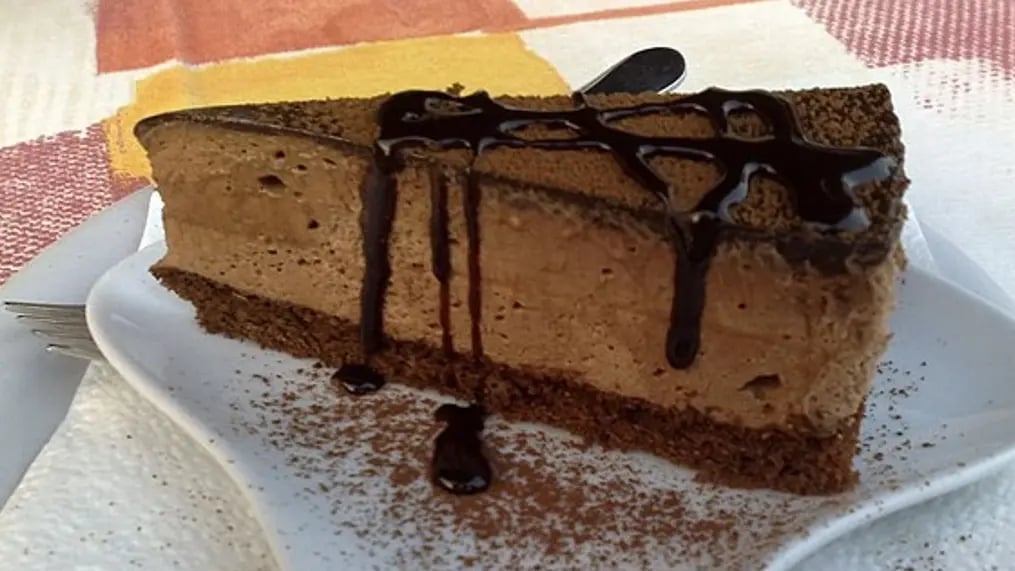
A chocolate cake befitting a scandal and torrid love affair, this cake is a rich chocolate chestnut sponge cake with an apricot glaze, topped with a rich chocolate ganache. The cake was named after the infamous Roma violinist who used to perform at a posh European hotel, in the late 1800s. He happened to cross paths with Clara Ward, who came from riches and was married to a Belgian Prince. Falling for his alluring charms and music, Clara abandoned everything and ran away with Rigó which made headlines. Some smart baker took advantage of the headlines and created this cake that has become a beloved torte in the Austrian, Hungarian and their neighbouring countries.
4. Dobostorta
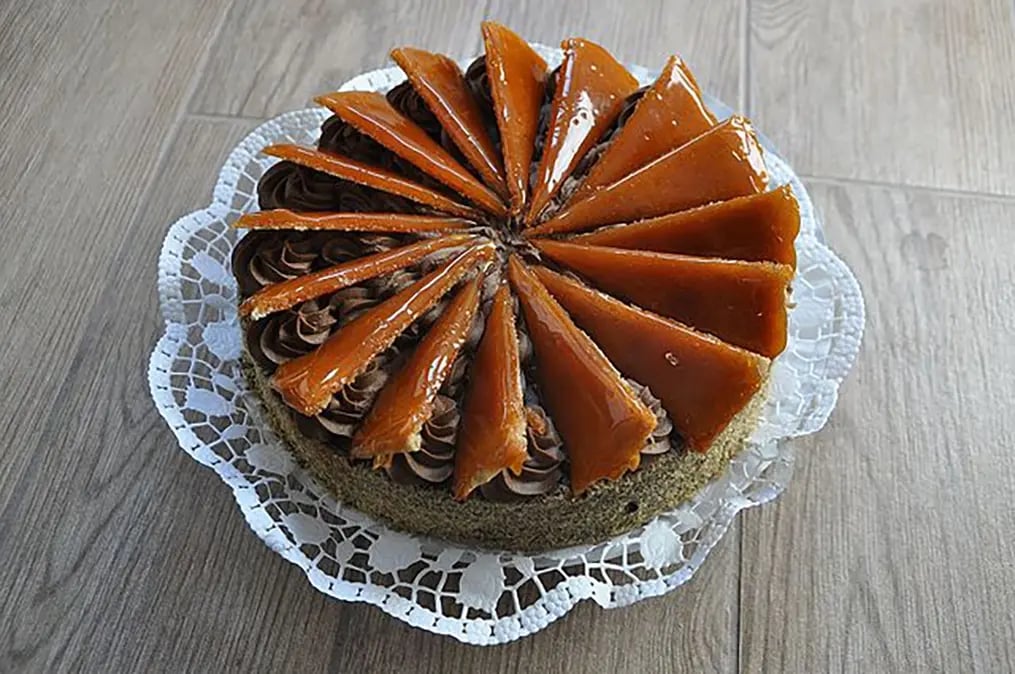
A beautiful cake that had five sponge cake layers with cacao buttercream between them and a beautiful glossy caramel topping. Named after the famous pastry chef Jozsef Dobos, around 1885, famous in the Austro-Hungarian Empire. He was known to be infamous for having sold more cakes in his lifetime than he could make and he presented this cake at the 1885 National General Exhibition of Budapest. The buttercream is unique because it was Dobos’ salvaging attempt to make the best out of an apprentice’s goof-up. Using salted butter was quite the normal back then, and somehow packs of salted butter and sugar had traded places. The apprentice added the butter to the sugar and whipped cream and Dobos' mixed it up to create buttercream. In a sea of works of art, his humble cake won the prize and the beauty lies in its simple ingredients and their richness and using the right technique.
5. Cremeschnitte
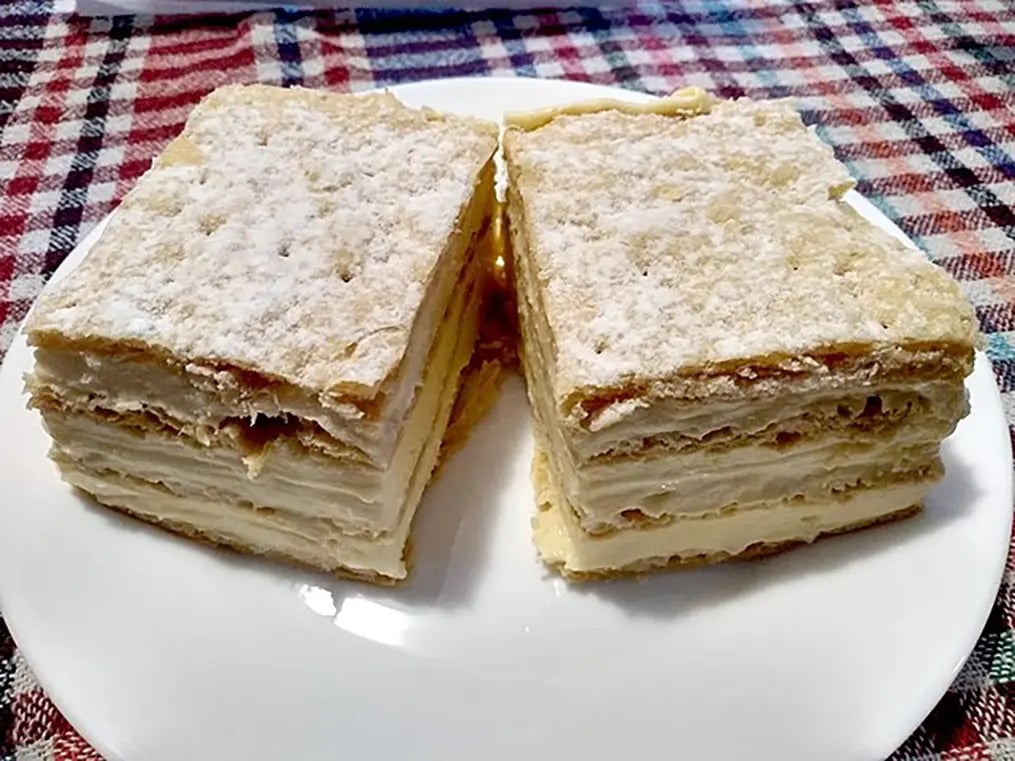
This delicious puff pastry, vanilla custard cake or Cremeschnitte is a classic dessert across Central and Eastern Europe and goes by names like Kremšnita, Krempita, Krémes, Kremna Rezina, and Napoleonka; most of these are derived from the German “cremeschnitte”, meaning cream slice. Historical evidence suggests that the cremeschnitte originated from the blend of cuisines within the Austro-Hungarian empire and each of the different versions uses the ingredients and layers in different ratios. Cremeschnitte is usually dusted with powdered sugar but can also feature a glossy icing with a chevron design and notable varieties include the Polish Napoleonka or kremówka, a favorite of Pope John Paul II, and Slovenia's kremna rezina, a signature dessert of the alpine resort town Bled.
6. Imperial torte
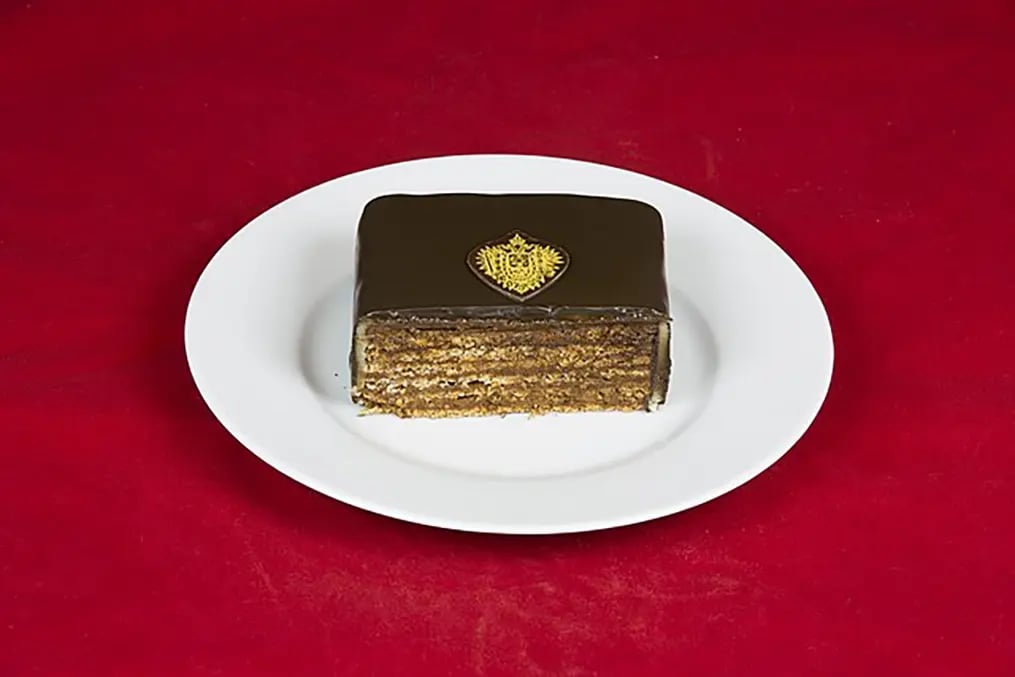
Tied to Vienna’s Hotel Imperial, which was created in 1973 to commemorate the hotel's opening, and named in honour of Emperor Franz Joseph. To this date, more than 150 years later, this cake still follows the same recipe and the taste hasn't changed as much, although there have been variations that use local liqueur. The chocolate cake is made with milk chocolate, almond pastry, marzipan and cocoa cream layered between the pastry. Its taste is said to be addictive and so sublime that it's difficult to stop eating it.
7. Torta Garash
Invented by Kosta Garash in 1885, at a posh hotel in Bulgaria’s Ruse, this rich chocolate cake is also layered with 5 walnut sponge cake layers kept together with a dark chocolate filling. It's covered in dark chocolate ganache or chocolate icing and garnished with dessicated coconut, walnuts, almonds of chocolate decorations.
More Like This
Popular Articles



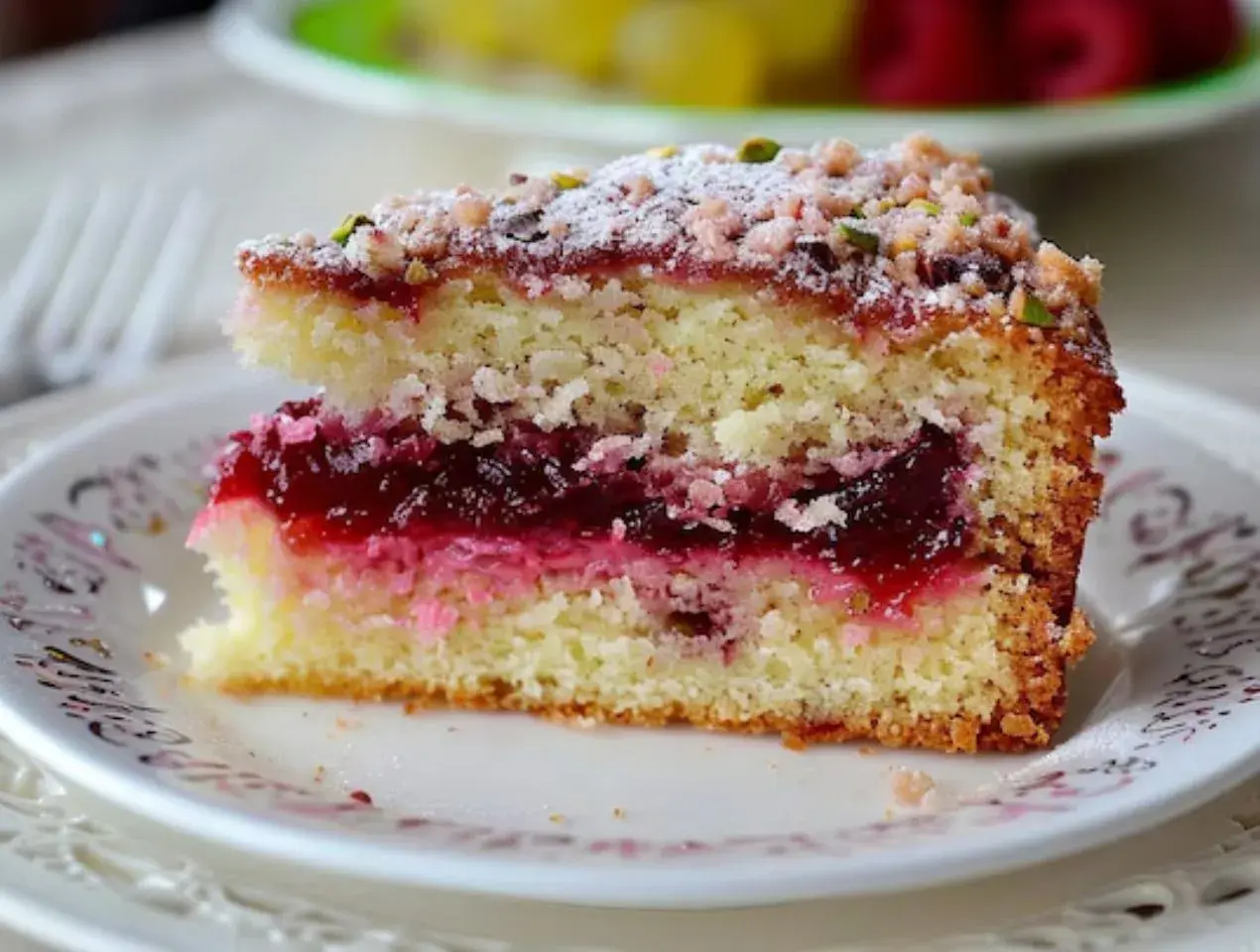
Trending Web Stories
Curated Recipes

















